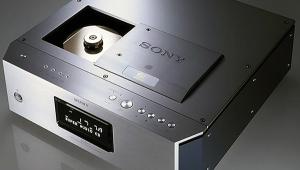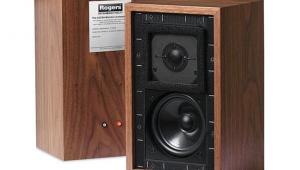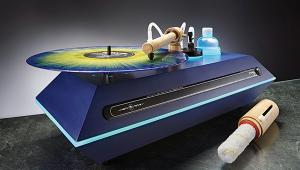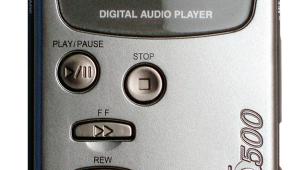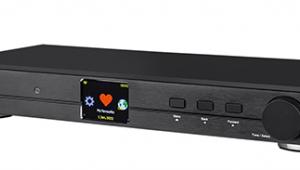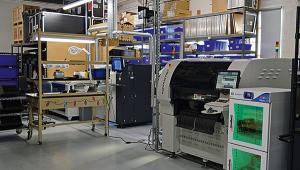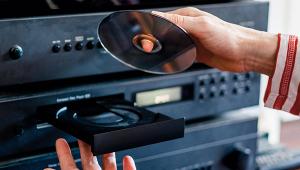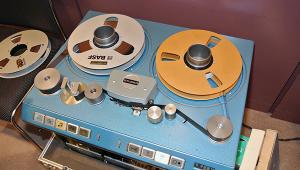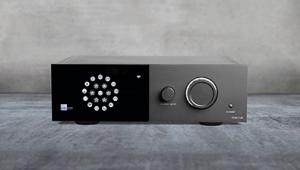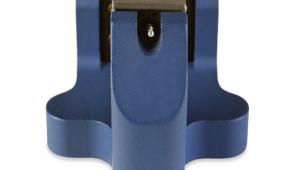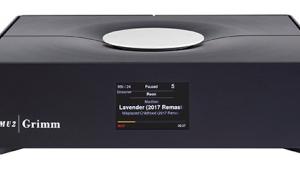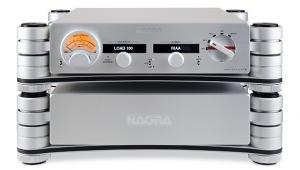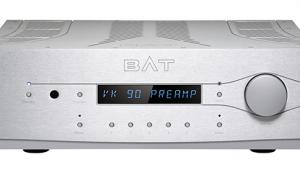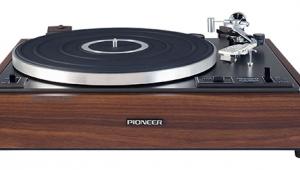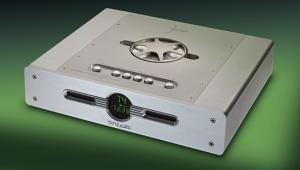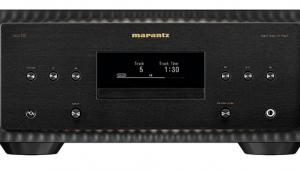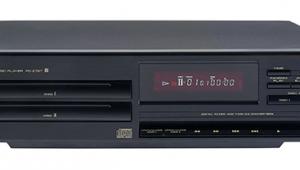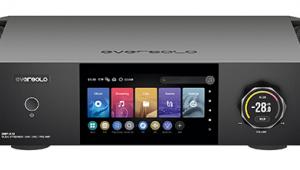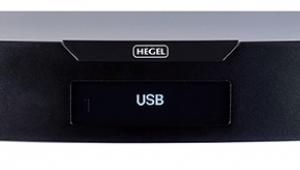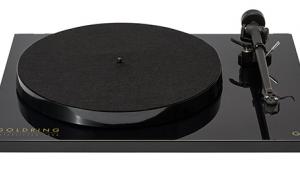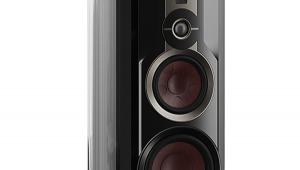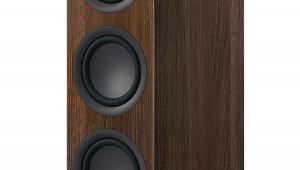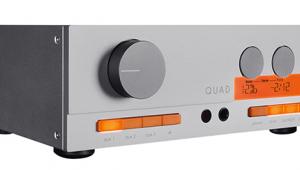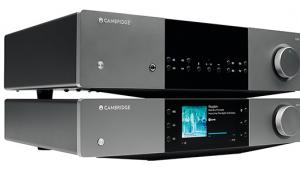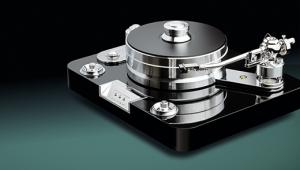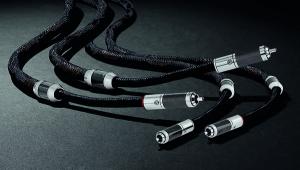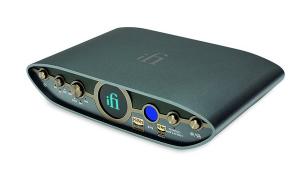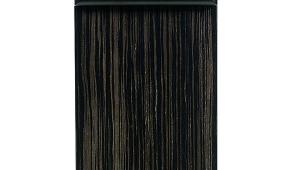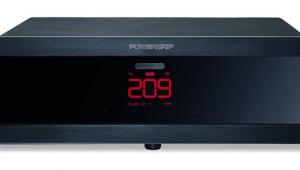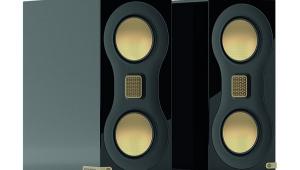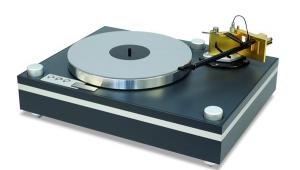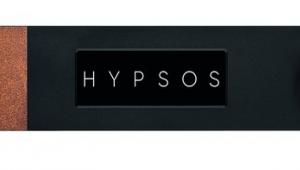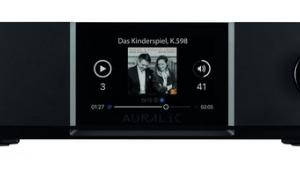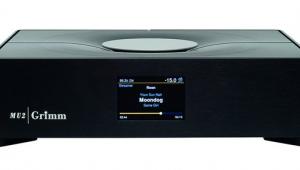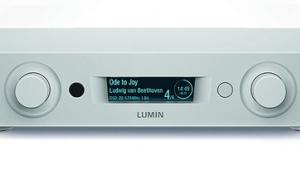Bass invaders

They are the darlings of the home cinema world, but subwoofers aren’t only about bringing a T-Rex into your living room, says Mark Craven – your music system might welcome one, too
Athought occurred to me as I toured the UK Hi-Fi Show Live last September: ‘Where did all these subwoofers come from?’. Dedicated ‘bass-makers’ aren’t a common sight at hi-fi exhibitions, but there were plenty put to work at the Ascot Grandstand, in demonstrations hosted by KEF, Arcam, ELAC and others.
It was nice to witness what could be a shift in the industry way of thinking. Subwoofers, it seems to me, have long been considered personae non gratas in hi-fi set-ups, deemed only fit for the rough and tumble of home cinema sound. Good for explosions and gun-fights, yes, but not for making music.
Race to the bottom
This notion solidified in the 1990s, on the coat tails of the launch of the Dolby Digital 5.1 format, followed by DTS and those thumping dinosaur foot-steps in Steven Spielberg’s Jurassic Park. The LFE/.1 channel of home cinema sound was something new, fresh and exciting. Subsequently, many electronics marques made themselves a tidy profit selling affordable ‘all-in-one’ sub/sat systems to DVD devotees. Subwoofers became seen as fun, and perhaps not the things for ‘serious’ hi-fi.
So what’s changed? The home cinema market, particularly at the ‘enthusiast’ level, is not as healthy as it was 20, 30 years ago. Since the mid 2000s, soundbars have taken off and sales of AV receivers have dwindled. The idea of adding a traditional 5.1 speaker system in your living room has become outdated. Too many boxes and wires, too much faff (a dedicated home cinema room is another matter, of course).
So subwoofer manufacturers need new customers, and that means reminding us that they can be used for music listening as well as movie night. ‘2.1’ is the new buzz-phrase, while affordable amps get labelled as ‘soundbar killers’.
There’s work to be done, though, to convince some audiophiles that they should add a subwoofer to their system, and not just because there are cost and space implications to consider.
Bass basics
Essentially, the role of a subwoofer is to handle the low frequencies that the partnering loudspeakers cannot. This is not simply about extension down to a certain Hz, but the ability to do so while maintaining output. A two-way standmount speaker might be able to ‘hit’ 40Hz, for example, but it’s not much use if you can barely hear it.
But arguments against subwoofers in a stereo system are numerous. There’s not enough low-frequency content in music to warrant them. They’re tricky to setup and integrate. They’re (usually) adding DSP to the signal chain. These are all valid concerns, particularly the second one: a subwoofer that is being run ‘hot’, or exciting room modes due to its location, will do more harm than good to your listening experience.
On the other hand, it can also be tricky to setup and integrate passive loudspeakers, many modern hi-fi systems already utilise some form of DSP, and you haven’t lived if you’ve not yet heard ‘Witch Hunt’ by Rush, ‘Trip’ by Sub Focus & Metrik, or any pipe organ recital you can think of, played with sub assistance.
A helping hand
I’ve always been a fan of deep bass, even once owning a CD called Nightmare On Bass Street, but I appreciate that others aren’t. Equally, I wouldn’t advocate introducing a subwoofer to every system. DALI’s quad-woofer £40k Epikore 11 floorstander [HFN Feb ’25], whose bass output PM described as ‘prodigious’, strikes me as being in little need of a leg up from a dedicated subwoofer.
On the other hand, any music lover wanting to get a more ‘full-range’ sound from bookshelf or standmount speakers should consider bringing in a subwoofer as an alternative to simply upgrading to larger floorstanders. And with plenty of choice across plenty of price bands, and models from dedicated brands as well as familiar hi-fi faces, you’re sure to find something that floats your bass boat.
